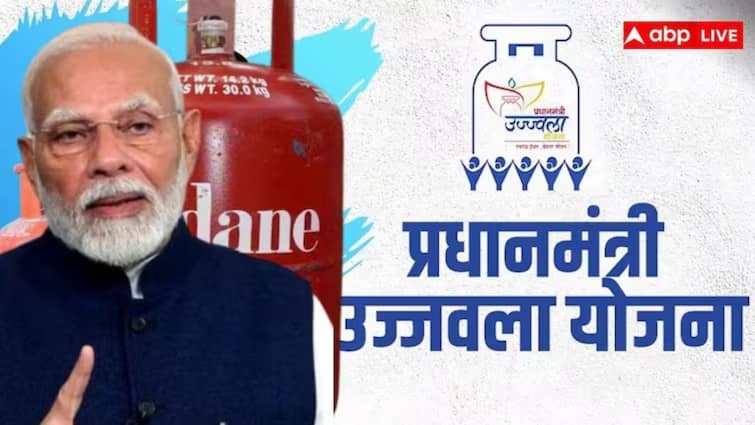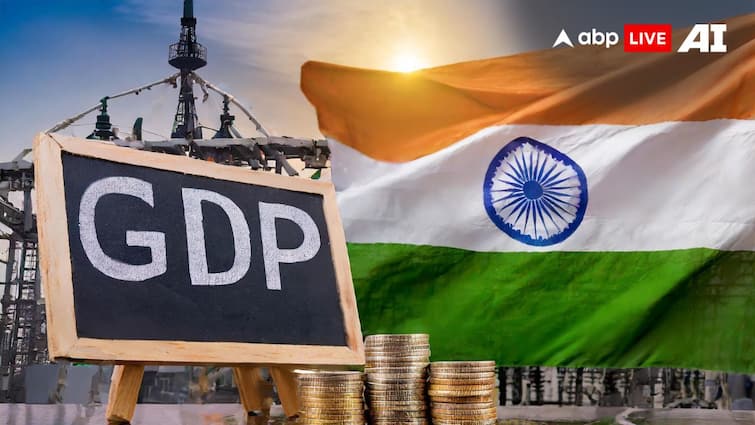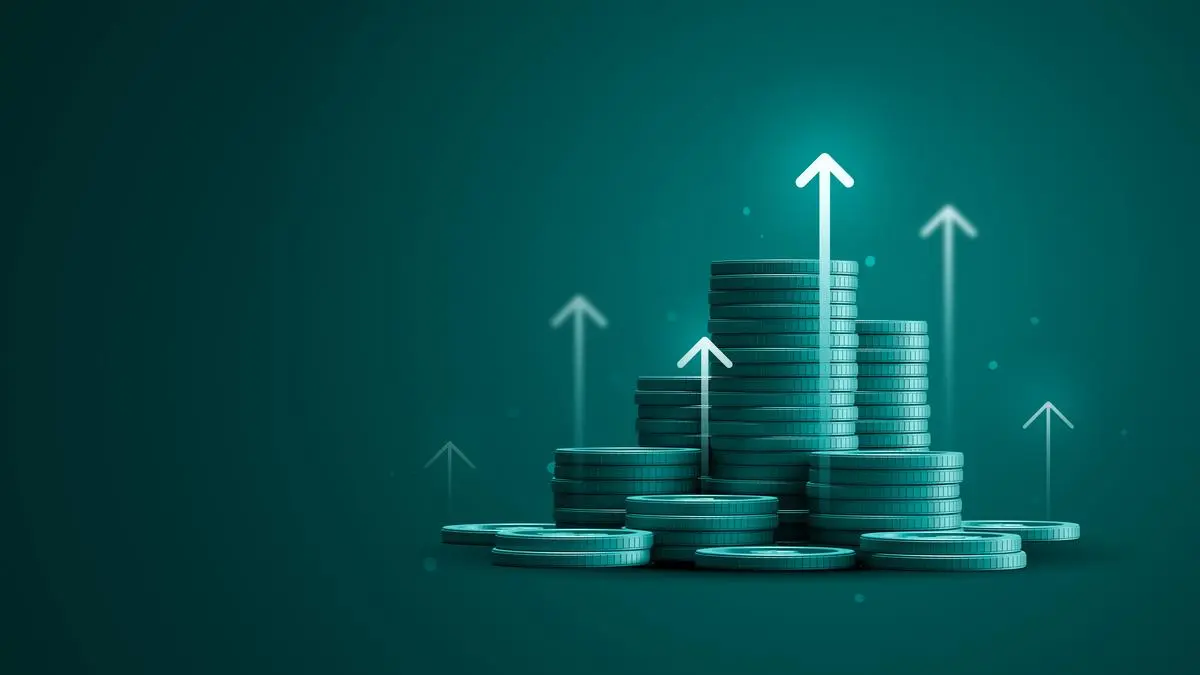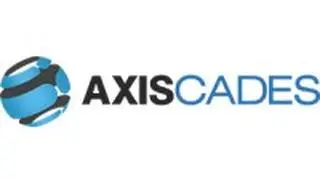
Sensex crashes 765 points as Trump’s 50% tariff shock triggers sixth straight weekly loss
Markets plummeted to three-month lows on Friday as President Donald Trump’s decision to double tariffs on Indian goods to 50 per cent effective August 27 sent shockwaves through investor sentiment. The BSE Sensex crashed 765.47 points or 0.95 per cent to close at 79,857.79, falling below the psychologically important 80,000 mark, while the Nifty 50 tanked 232.85 points or 0.95 per cent to settle at 24,363.30.
The sell-off marked the sixth consecutive weekly decline for both indices, the longest losing streak since the Covid-19 market crash in 2020, according to analysts. Trump’s aggressive stance, which ruled out any trade negotiations with India until pending disputes are resolved, specifically targets the country’s continued purchases of Russian oil and represents one of the steepest tariff hikes ever imposed on a major US trading partner.
“The market’s sharp fall reflects several converging pressures. Trump’s tariff shock, adding 25 per cent duties to bring total tariffs to a punishing 50 per cent from August 27 while firmly rejecting any trade talks, has severely unnerved investors about US-India relations,” said Nitant Darekar, Research Analyst at Bonanza.
All sectoral indices ended in negative territory, with realty, metals, auto and pharma sectors bearing the maximum brunt. The Nifty Midcap 100 declined 936.10 points or 1.64 per cent to 56,002.20, significantly underperforming the benchmark indices. Export-oriented sectors faced the most severe impact, with Indian textile exporters reporting that US buyers have begun halting orders, potentially facing export losses of ₹300-400 crore.
Among individual stocks, IndusInd Bank emerged as the biggest loser on Nifty 50, plunging 3.32 per cent to ₹780.55, followed by Bharti Airtel which declined 3.28 per cent to ₹1,859.50. Adani Enterprises fell 3.15 per cent to ₹2,179.00, while Shriram Finance dropped 2.93 per cent to ₹609.00 and Tata Motors declined 2.43 per cent to ₹630.80.
On the positive side, NTPC led the gainers with a 1.59 per cent rise to ₹335.00, followed by Titan Company which gained 1.49 per cent to ₹3,466.70. Dr Reddy’s Laboratories advanced 1.18 per cent to ₹1,215.00, HDFC Life increased 0.54 per cent to ₹759.80, and Bajaj Finserv edged up 0.26 per cent to ₹1,919.00.
Market breadth remained weak with 2,506 stocks declining compared to 1,523 advances on BSE, while 144 remained unchanged. A total of 119 stocks hit 52-week highs against 110 that touched 52-week lows.
“Indian equity market exhibited downward movement, closing at a three-month low amid growing concerns over the impact of US tariffs on Indian exports. FIIs remained net sellers, intensifying the pressure on domestic indices,” said Vinod Nair, Head of Research at Geojit Investments Limited.
Foreign institutional investors continued their selling spree, offloading ₹15,950 crore worth of stocks throughout August as they fled from India’s expensive valuations amid weak fundamentals. The persistent FII outflows have been a key factor weighing on market sentiment over the past several weeks.
“Selling intensified further with the Sensex ending below the psychological 80k mark as analysts believe that once the stiff tariff penalty on Indian goods by the Trump administration comes into effect, India’s growth could be hit going ahead,” said Prashanth Tapse, Senior VP (Research) at Mehta Equities Ltd.
From a technical perspective, the Nifty has formed six consecutive red candles on the weekly chart, indicating sustained selling pressure. “The bears resumed their downward move after a brief pause in the previous session. Nifty extended its losing streak to the sixth consecutive week, slipping below its 100-DMA at 24,500, which is now expected to act as an immediate hurdle,” said Nilesh Jain, Head – Technical and Derivatives Research Analyst at Centrum Broking Ltd.
The rupee also came under pressure, trading weak near 87.66 as ongoing tariff concerns from the US continued to weigh on sentiment. “With an existing 25 per cent tariff already in place and an additional 25 per cent proposed, the pressure on the rupee remains elevated. The currency is expected to trade in the range of 87.40 to 87.95,” said Jateen Trivedi, VP Research Analyst at LKP Securities.
In commodities, gold prices traded volatile with rupee weakness supporting domestic prices, as MCX Gold settled at ₹1,01,180 with gains of ₹350. “Going ahead, prices are expected to remain choppy as Trump’s tariff stance continues to create uncertainty. Gold is likely to trade in a broad range of ₹1,00,000–₹1,02,500,” Trivedi added.
Corporate earnings continued to disappoint, with blue-chip companies delivering lackluster results that offered little hope for FY26 recovery. The RBI’s decision to keep repo rates unchanged at 5.5 per cent after three consecutive cuts totaling 100 basis points has also contributed to cautious investor sentiment.
“The zone of 24,200-24,150 will act as important support for the index as it is the confluence of the 200-day EMA level and 38.2 per cent Fibonacci retracement level. If the index slips below the 24,150 level, then it is likely to extend its southward journey up to the 23,750 level,” said Sudeep Shah, Head – Technical Research and Derivatives at SBI Securities.
Looking ahead, analysts expect continued volatility as markets await developments on the US-India trade front. The technical setup paints a cautious picture for the near term, with any recovery likely to face resistance near 24,475-24,500 levels. The broader trend remains bearish as long as the index trades below 24,800, with investors closely monitoring global cues and domestic corporate earnings for direction.
Published on August 8, 2025






